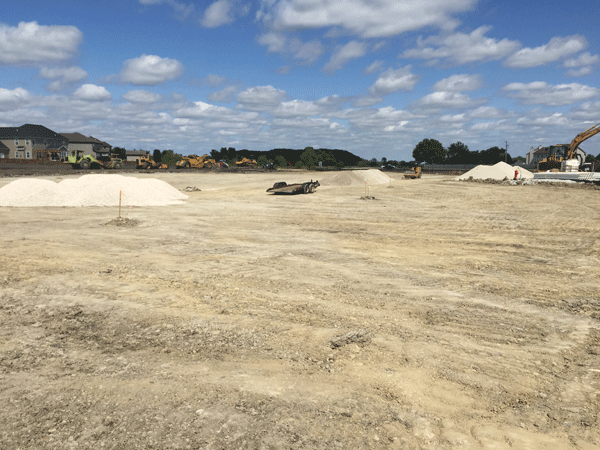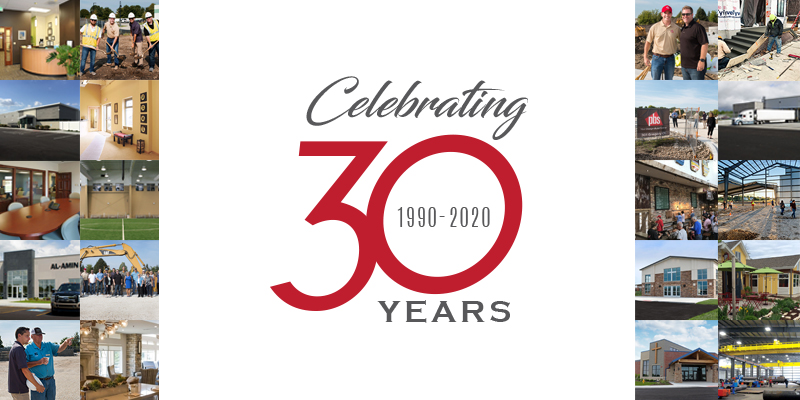
What Lies Beneath
Where should we go? How much land do we need? What type of land should we be looking for? How much will it cost? These are all questions asked by owners when considering the search for a new facility location.
While the new Facility is naturally the primary piece of the planning that an owner is focused on; it is also imperative that the site is given equal attention. A hasty pursuit in acquiring a piece of property that appears and seems to be the best fit for your long term business planning can subsequently lead to long term complications.
For example, you may find a piece of property that appears to be as flat as a piece of paper and conceivably the “best fit” for your business model. What lies beneath that “paper” could end up being what looks like a mogul hill on the side of a ski mountain. Silt and sandy soil, significant rock, former lakes, high water table, field tile, garbage and so on. These are all real items that have been found when preparing a site for new construction that have contributed to construction issues including present and long term associated costs. What lies beneath can lead to quality construction or long term complications with the potential to never go away.
Conditions above the surface can also affect the viability of construction. Are there electrical lines, pipe lines or other utilities that are running through the site? How close are municipal utilities (water, sanitary and storm) to your site, if not already on site? What will it take to engineer them and bring them to your site? If not accessible, what other design criteria will be affected by not having the proper utilities? i.e. required storage tanks and bladder systems for fire suppression (sprinkler) systems if a well must be installed, septic mounds / fields if sanitary does not exist or retention/detention ponds based on the site including its implications if municipal storm water does not exist, just to name a few.
From a general usage perspective, will you have sufficient acreage to support the master plan for your business? Does the acreage support the local ordinance for required parking? If the site is too small, but meets all other criteria is it appropriate to consider underground storm water storage infrastructure? Is this cost prohibitive? Does the acreage allow efficient entrance / exiting to and from your property? If necessary, is their enough acreage and sufficient turning radius for truck maneuverability? Are you dealing with state or local roads? Will you have contiguous neighbors? What is the shape of the site? Is it conducive to your long term master plan? Will this site work geographically in serving your client base? Are there existing floodplains or wetlands?
As you, the owner or your leadership team compiles the research for your facility and location planning, answers to these questions must be confirmed. Once you have purchased a site, while you may be able to eventually resell it after finding out it did indeed carry some or perhaps significant baggage, you likely will have exhausted much time and resources for property that may not generate a return consistent with the original investment. So, in addition to obtaining clarification on the questions above, thorough research on the history of the site, previous usages and soils investigations are all important pieces to ensure your business is purchasing or planning to construct on a quality site.




